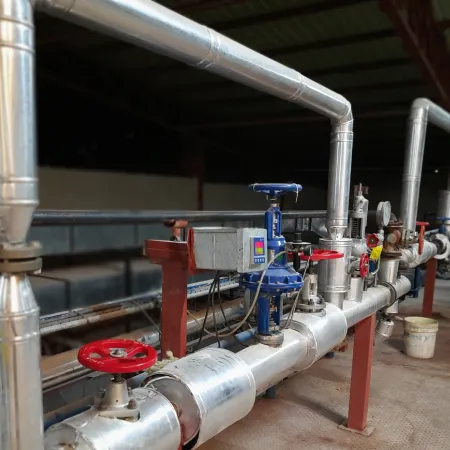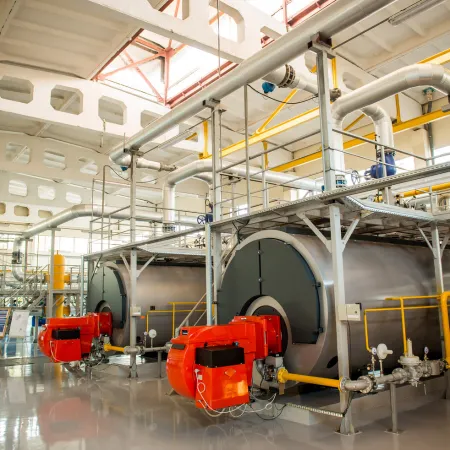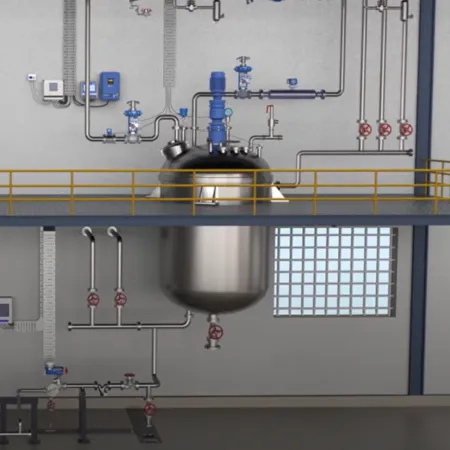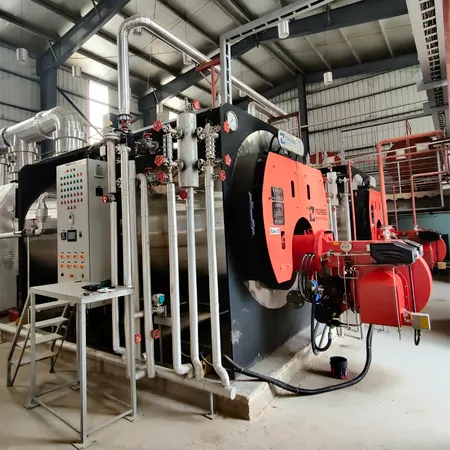3 Factors Affecting Performance of Condensate Recovery Systems
In today’s demanding industrial landscape, all industries seek to maintain their steam systems at peak efficiency with the least amount of downtime. Condensate recovery systems (CRS) are a vital component of the overall steam system, and issues within the CRS can negatively affect critical plant-level efficiency, water stress, and energy consumption.
To achieve sustained high performance over time, simply investing in recovery equipment is not enough; a disciplined continuous improvement approach covering three essential factors is necessary. The 3 factors include:
- Design that specifically enables maintenance, in addition to performance and efficiency.
- Selection and Sizing that is appropriate for the system’s current loads.
- Operation and Maintenance (O&M) practices that actively prevent failures.
Without attention to all three factors, problems such as shortened service life will inevitably occur. Even the best equipment require maintenance for sustained performance.
Common Issues and the Power of Maintenance
Condensate systems are inherently vulnerable to issues like corrosion, build-up, and general wear and tear. However, these problems can largely be avoided with the right design, selection, and sizing, followed diligently by scheduled maintenance or component replacement.
- For example, seemingly minor oversights can lead to major operational issues:
In one instance, a lack of pressure in an otherwise working condensate pump unit was traced back to an uncleaned motive steam strainer that had not been serviced since commissioning. Cleaning the strainer immediately resolved the issue, enabling the chemical plant to reduce water discharge and comply with environmental policies. - Foreign particles (such as scale, rust, or weld material) frequently cause pump overflow. One unmaintained pump operating without protection corroded internal components that had to be replaced simultaneously. Simple preventive care processes could have significantly enhanced the asset’s life cycle.
Core Components of a High-Performing Condensate Recovery System
The condensate recovery system relies heavily on traps and pumps to return condensate to the feedwater tank, maximizing energy savings and reducing water stress. To ensure these assets function optimally, specific best practices must be implemented across the system:
Proper Sizing and Installation
- Sizing: Always check that pump capacity and pressures match current loads. If the plant has undergone expansion or modifications, re-check the sizing of pipes and other components. For larger plants, line sizes should be upsized when multiple pumps are used or when distances exceed 100 meters.
- Installation: Pumps should be sheltered from corrosive elements like rain and chemicals. Hookups must permit online maintenance, which requires installing bypass and isolation valves. Additionally, components should be insulated using removable jackets instead of fixed insulation to prevent moisture trapping and ensure easy access for service.
Supervised Operation and Preventive Maintenance
Sustained performance requires continuous monitoring and proactive care:
- Monitoring Recovery: Know your condensate recovery factor by installing and monitoring a condensate recovery meter on the pump hourly to detect performance drops.
- Water Quality: Monitor and correct boiler water quality regularly to prevent corrosion. The boiler water should be maintained at a pH of 10.1 to 11.0; a lower pH will lead to rust and corrosion throughout the system. Dissolved oxygen, which causes pitting corrosion, should be scavenged either by heating the water close to or by adding O scavenger chemicals
- Preventive Care: Inspection and cleaning of system components must follow maintenance schedules recommended in the product manual. This includes regular checking of pipes, boiler corrosion, and water quality for acidity and sediment.
Quick Response and Troubleshooting Readiness
Maintenance practices must be supported by immediate readiness. This includes connecting hookups for online maintenance, such as bypass flushing and isolation valves.
Crucially, plants must keep a supply of precision engineered spare parts and replacements for critical items on hand. Advisors can assist in determining the necessary inventory based on factors like logistics, criticality of downtime, and risk profile.
Detailed maintenance and troubleshooting guides are available for critical CRS assets, including mechanical condensate pumps and steam traps provide specific remedies for failures such as continuous overflow, pump stoppage, and steam leakage. Fiannly, training all team members in maintenance and repair procedures is essential to keep skills fresh and instill a proactive maintenance mindset.
To know more about best practices to ensure sustained performance of the condensate recovery systems, read our detailed guide here.







